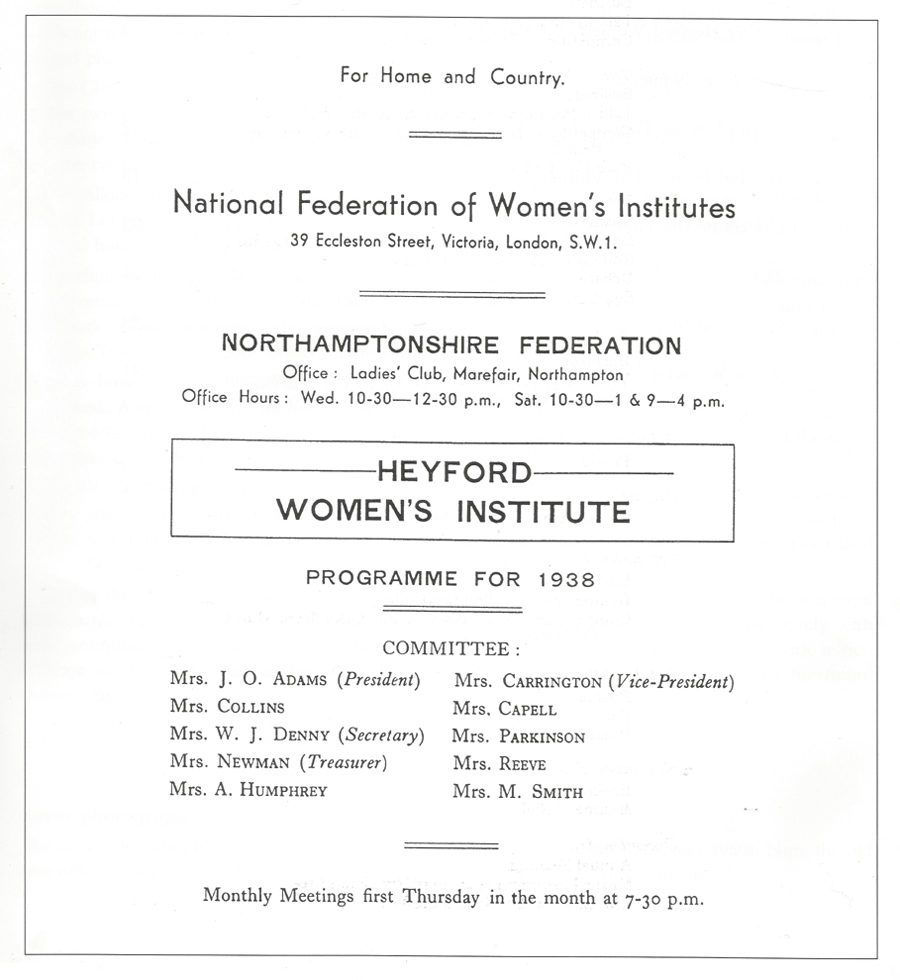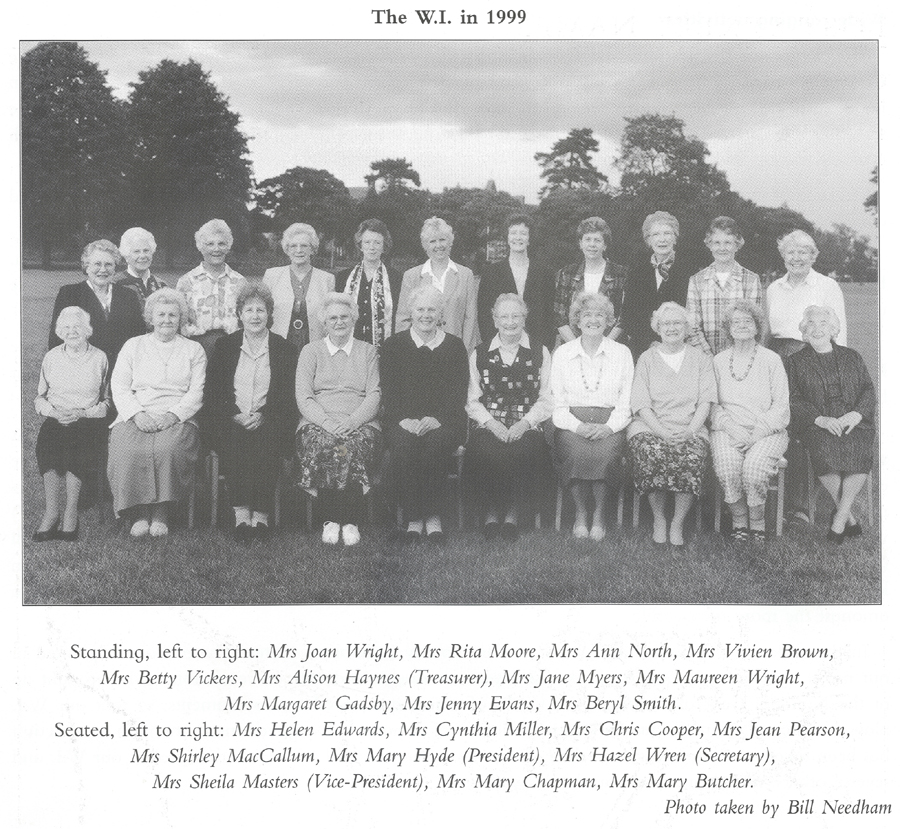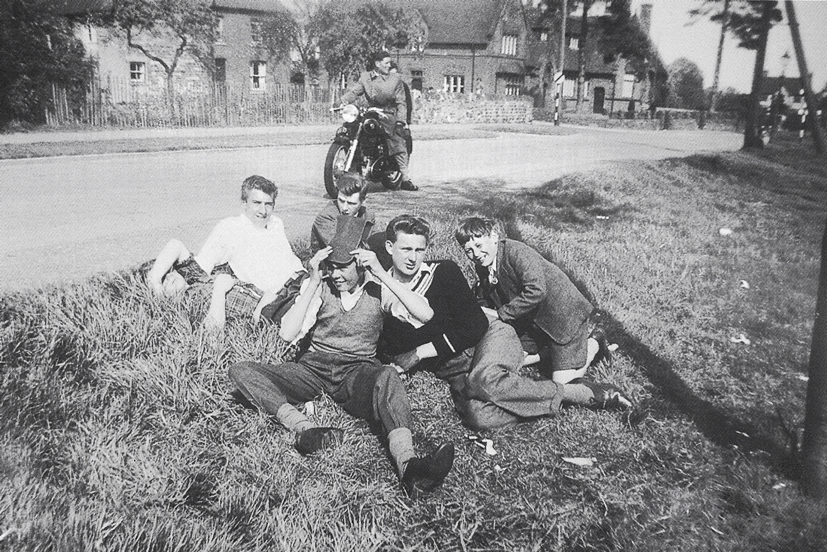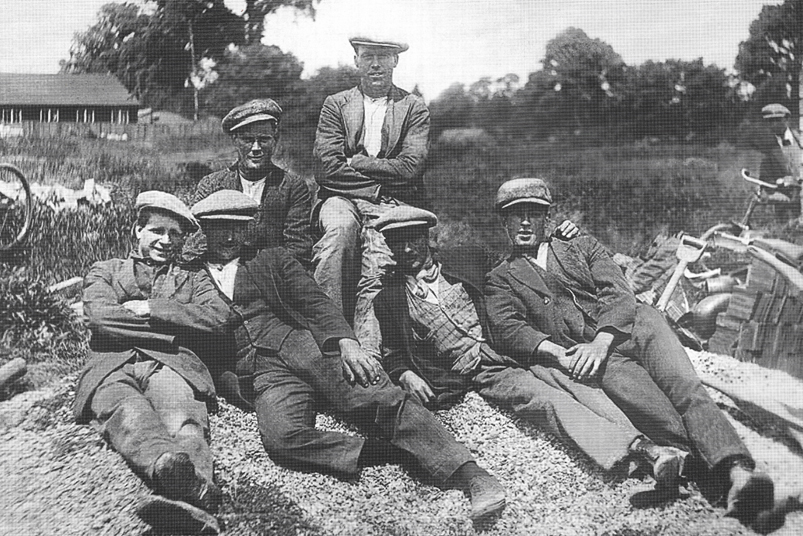The information below is extracted largely from a PhD thesis entitled ‘The Crawleys’. It was written in 1985 by Rev Alan Horsley who was Rector of Heyford and Stowe-Nine Churches from 1971-78. There is a copy of the full thesis in the Public Records Office at Wootton Park.
Ancient times
Charles Crawley at Stowe and John Lloyd at Heyford had inherited ancient medieval churches. The priest in medieval times would have said mass silently in the chancel while the congregation would have stood in the nave. There were probably no seats, just clean rushes laid on the floor for the benefit of the lay worshippers saying their own private prayers. They would have had only a glimpse of the priest through a screen which was meant to divide the priest from his people.
The East end of the South Aisle is known as St Botolphs Chapel and there would appear to be a connection here with the village tradition that the Old Sun Inn stands on the site of a religious house. Travellers on the old Watling Street might well have turned aside one mile from their route to take advantage of the hospitality of the religious house and to visit the alter of St Botolph, the Patron Saint of travellers.
The repairs of 1850-1860
By the middle 1800s the churches of Heyford and Church Stowe were probably in a very poor state of repair and so the Crawley family set about making improvements. Butterfield was chosen as the architect at Heyford. In 1855 the old box pews were removed. These had been put into the nave by those who thought themselves too good to pray beside their neighbours. At the same time the three-deck pulpit was removed and replaced by one of Victorian design, shorter in height, and for pulpit use only.
Old materials were sold and new ones bought. Carved stone, wood and lead were carted away by boat to London. Some monuments were removed because they were considered unchristian, not gothic in style, and their wording worldly. The large Tudor monument of Judge Morgan and his family were removed from the chancel to the North aisle to allow more emphasis on the alter as a focal point.
At this time, contemporary thinking was that ‘a high pitched roof is far more essential to the Christian effect than is a tower or spire.’ Therefore in 1855 the external entrance in the tower was blocked off and the roof of the nave was raised. However the heightening of the chancel roof and the raising of the chancel floor had to wait until 1884, possibly due to the shortage of money.
The garnishing of the Church
‘During the days of box pews little attention was paid to the actual appearance of the church in connection with the seasons. A little holly may have been used at Christmas, but for the most part the decoration of churches, which had been fairly common in the sixteenth century had lapsed.’ However during this period there was a movement towards ‘a return to the ancient and thoroughly English practice of decking the sanctuary with fair flowers and pleasant verdure.’
On January 19th 1856 the Northampton Herald published the following description of the appearance of Heyford Church in festive Christmas decor.
‘Entering the church by the south porch the eye was struck by the manner in which the edifice was decked with Christmas sticking. Woven wreaths of it were wound round the pillars of the aisles from the bottom of the capital, which was encircled by it,‘ a wreath extended under the clerestory windows on both sides the whole length of the nave, and above it was the inscription, also in sticking “I was glad when they said unto me we will go into the house of the Lord”, with one or two crosses on either side, formed of the same material; the belfry arch at the west end was similarly adorned, and a large cross, in sticking, was conspicuous over the arch. Sticking was closely twined around the framework of the screen dividing the chancel from the nave, as well as round the large Latin Cross by which the screen is surmounted… the Christmas decoration of the chancel included, on the east wall, high on either side of the Altar, involved triangles with monograms, and a text “Emmanuel, God be with us ” over the east window, all in sticking.’
NB. The present vestry doors were made from the former Chancel screen by Butterfield. The screen mentioned above sounds like the pre-Butterfield screen.
The church Interior, prior to 1968

The photograph above was lent by Mrs Mary Clements of Church Street. The chancel rails, seen here decorated with flowers, were taken down in 1968/69 during the time of the Rev Hensher. Judging by the apples displayed beneath the rails, the occasion must have been Harvest Festival.
~~
Extract from “The Story of Heyford” – Local book series published in the late 1990’s
Volume 3 of 4 | Chapter 9 of 17 | Page 18 & 19



 The early years
The early years


